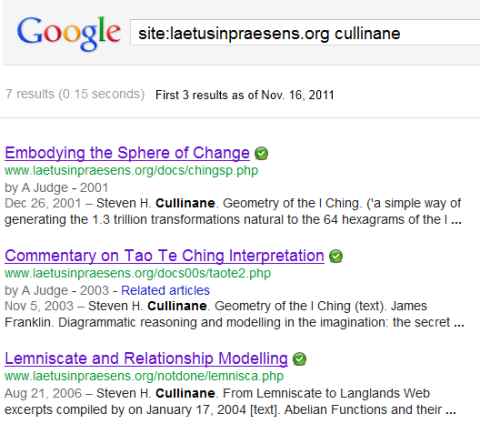Continued from May 18, 2010.
Previous logo for the New York Times feature "The Stone"—

Today's new logo, appearing retroactively—

Comparison—


From the October 3 "The Stone," Hegel on Wall Street—
The “Phenomenology” is a philosophical portrait gallery that presents depictions, one after another, of different, fundamental ways in which individuals and societies have understood themselves. Each self-understanding has two parts: an account of how a particular kind of self understands itself and, then, an account of the world that the self considers its natural counterpart. Hegel narrates how each formation of self and world collapses because of a mismatch between self-conception and how that self conceives of the larger world. Hegel thinks we can see how history has been driven by misshapen forms of life in which the self-understanding of agents and the worldly practices they participate in fail to correspond. With great drama, he claims that his narrative is a “highway of despair.”
— J.M. Bernstein of the New School for Social Research
A two-part self-understanding that is not from Hegel—
1. An account of how a particular kind of self understands itself:
| … world’s wildfire, leave but ash: | |
| In a flash, at a trumpet crash, | |
| I am all at once what Christ is, ' since he was what I am, and | |
| This Jack, joke, poor potsherd, ' patch, matchwood, immortal diamond, | |
| Is immortal diamond. |
2. An account of the world that the self considers its natural counterpart:
| CLOUD-PUFFBALL, torn tufts, tossed pillows ' flaunt forth, then chevy on an air- | |
| built thoroughfare: heaven-roysterers, in gay-gangs ' they throng; they glitter in marches. | |
| Down roughcast, down dazzling whitewash, ' wherever an elm arches, | |
| Shivelights and shadowtackle in long ' lashes lace, lance, and pair. | |
| Delightfully the bright wind boisterous ' ropes, wrestles, beats earth bare | |
| Of yestertempest’s creases; in pool and rut peel parches | |
| Squandering ooze to squeezed ' dough, crust, dust; stanches, starches | |
| Squadroned masks and manmarks ' treadmire toil there | |
| Footfretted in it. Million-fuelèd, ' nature’s bonfire burns on. |












